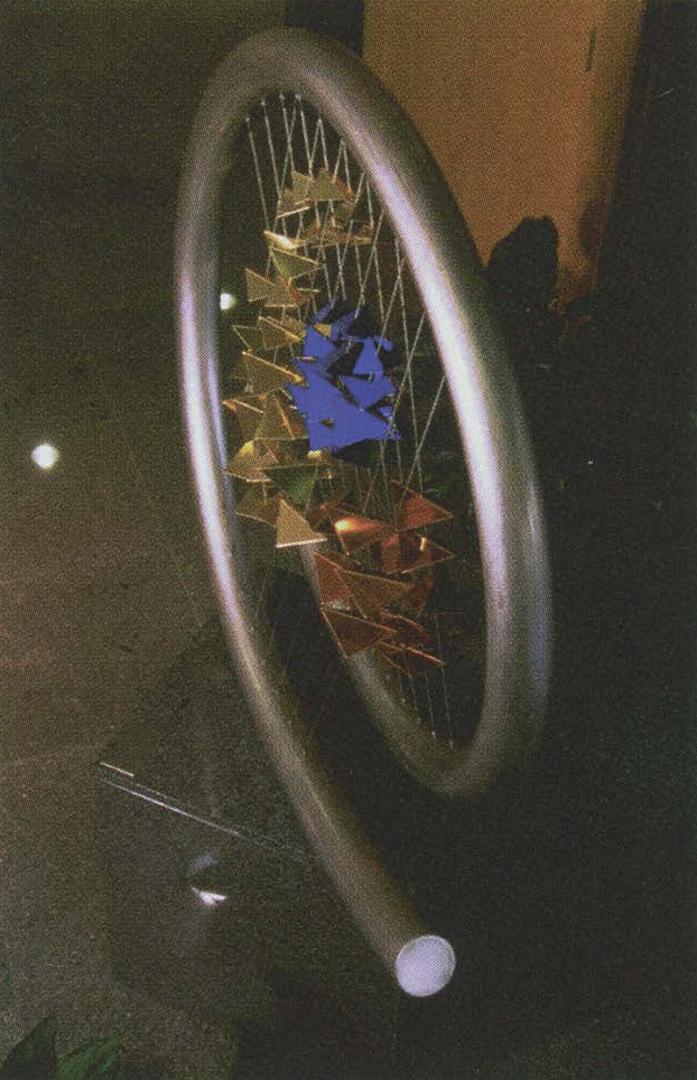Rob Fisher: Full Circle – Continuum Series
Artist(s):
Title:
- Full Circle - Continuum Series
Exhibition:
Creation Year:
- 1998
Medium:
- Stainless steel, brass, copper, painted aluminum, Philip Services Corporation, US Headquarters, Pittsburgh
Size:
- 6' x 5' x 1.5'
Category:
Artist Statement:
Full Circle (1998) is an aptly titled artwork representing my approach to computer-assisted sculpture. Prior to 1979, my sculpture was designed in my studio using traditional constructivist techniques. In that year, I began collaborating with expert programmers. Using an Adage mini-computer, I created an 86-foot-high suspended sculpture, Northern Lights, that established the revolutionary opportunities computer graphics visualization presents for design of large-scale sculpture. During the past two decades, dozens of computer-assisted sculptures followed, each one driven by my desire to see what new forms the computer-assisted process would engender.
Galaxy (1982) evolved on an Evans & Sutherland MPS, where a galactic object was floated in an architectural space. Osaka-Skyharp (1986) utilized architectural walk-throughs and sculpture-building software emulating my studio approach. A Page from the Book of Skies (1989), a 100-foot-long suspended sculpture in Saudi Arabia, was a three-dimensional translation of Arabic calligraphy. Wave Form (1990) evoked shifting reflections of light on water. Fandango (1990) incorporated architectural engineering studies of enormous 75-foot-wide cantilevered objects. Symphony of the Air (1991) used computer techniques to compose an artwork over 1 000 feet in length. Dance of the Cybernauts (1992) pushed into new directions in which scientific applications merged with engineering and architectural software to generate hybrid art/science forms. Olympos, the light-sculpture illumination of Atlanta’s tallest skyscraper commissioned for the 1996 Olympic Games, employed photo-metrically accurate light simulations and computer-assisted lighting.
In my latest artwork, I have in some ways come “full circle” and returned to traditional studio techniques, augmented, however, by the use of the computer. One should use the computer when it is appropriate: to save time or to permit development of forms that would otherwise be difficult by virtue of their complexity, engineering, or scale. In Full Circle, I chose to use PC 30 Studio software guided by engineering analysis to envision the form and its sensitive proportions from varying views and to lay out the spacing of delicate suspension cables. But for the interior composition of colored metal elements, I chose to work directly with real materials in real space. The working artist must base decisions on the appropriate use of technology and not be caught up by the persistent lure of computer visualization.
All Works by the Artist(s) in This Archive:
- Rob Fisher
-
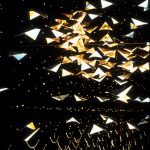
Skyharp
[SIGGRAPH 1986] -
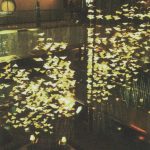
Osaka-Skyharp
[SIGGRAPH 1998] -
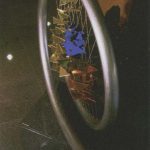
Full Circle - Continuum Series
[SIGGRAPH 1998] -
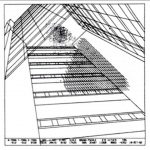
Galaxy
[SIGGRAPH 1982]

